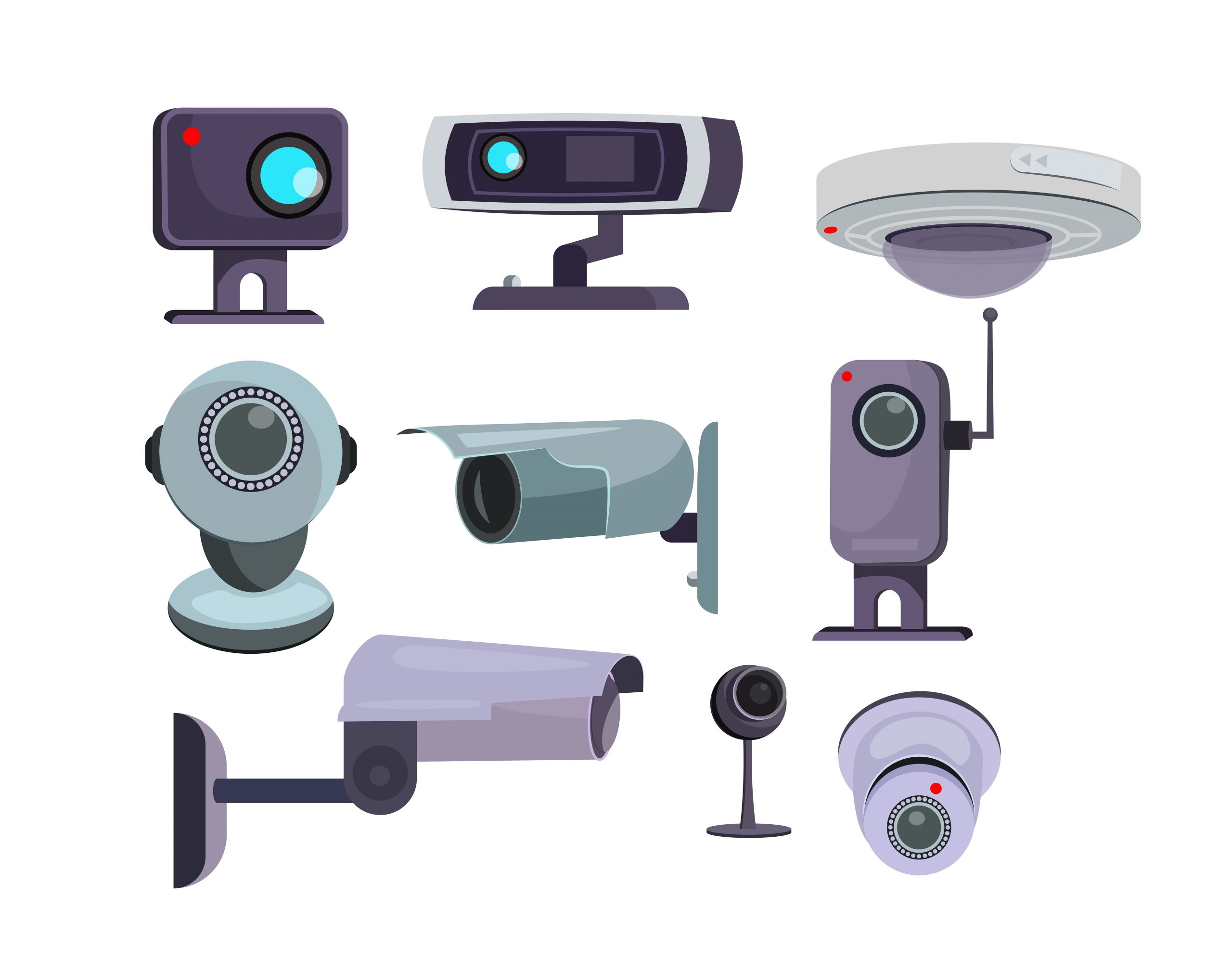Closed-circuit television (CCTV) is the use of video cameras to transmit a signal to a specific place, on a limited set of monitors. It differs from broadcast television in that the signal is not openly transmitted, though it may employ point to point (P2P), point to multipoint, or mesh wireless links. Though almost all video cameras fit this definition, the term is most often applied to those used for surveillance in areas that may need monitoring such as banks, casinos, airports, military installations, and convenience stores. Videotelephony is seldom called “CCTV” but the use of video in distance education, where it is an important tool, is often so called.
IP CCTV System
CCTV System:
Camera:
Provide CCTV and networking for Hozordus areas and non Hozordous areas. CCTV solutions for application in hazardous areas and explosive atmospheres.
1. Analogue: Can record straight to a video tape recorder which are able to record analogue signals as pictures. If the analogue signals are recorded to tape, then the tape must run at a very slow speed in order to operate continuously. This is because in order to allow a three hour tape to run for 24 hours, it must be set to run on a time lapse basis which is usually about four frames a second. In one second, the camera scene can change dramatically. A person for example can have walked a distance of 1 meter, and therefore if the distance is divided into four parts, i.e. four frames or “snapshots” in time, then each frame invariably looks like a blur, unless the subject keeps relatively still.

2. Digital: These cameras do not require a video capture card because they work using a digital signal which can be saved directly to a computer. The signal is compressed 5:1, but DVD quality can be achieved with more compression (MPEG-2 is standard for DVD-video, and has a higher compression ratio than 5:1, with a slightly lower video quality than 5:1 at best, and is adjustable for the amount of space to be taken up versus the quality of picture needed or desired). The highest picture quality of DVD is only slightly lower than the quality of basic 5:1-compression DV.
3. Network Camera: IP cameras or network cameras are analogue or digital video cameras, plus an embedded video server having an IP address, capable of streaming the video (and sometimes, even audio).
Because network cameras are embedded devices, and do not need to output an analogue signal, resolutions higher than CCTV analogue cameras are possible. A typical analogue CCTV camera has a PAL (768×576 pixels) or NTSC (720×480 pixels), whereas network cameras may have VGA (640×480 pixels), SVGA (800×600 pixels) or quad-VGA (1280×960 pixels, also referred to as “megapixel”) resolutions.
© 2023 Crystaltechoman • All Rights Reserved
Developed by: TIVR TECH